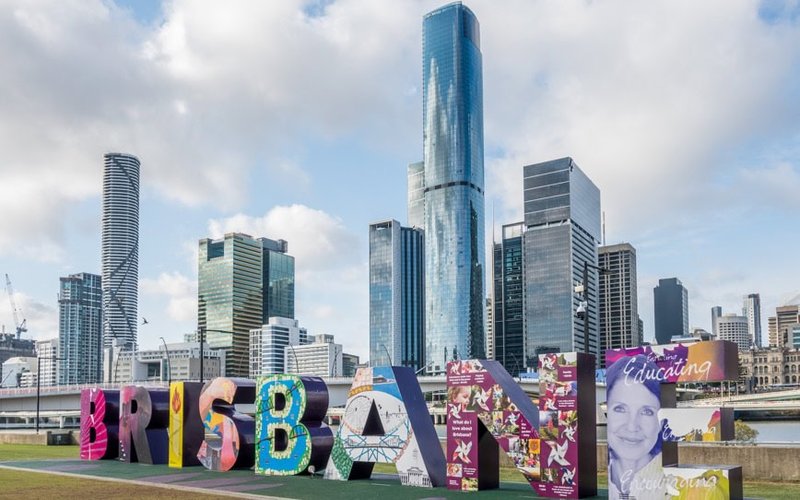It is amazing to realise that the Victorian Government now has some competition in the debt and deficit stakes.
Arriving a bit like an alarming bolt from the blue recently was a budget update from Queensland Treasurer David Janetzki that outlined a surprisingly rapid deterioration in the finances of the Sunshine State.
Unlike most states – with the only other miscreant being South Australia – Queensland does not produce a pre-election economic and fiscal outlook (PEFO) report, prepared independently by the secretaries of Treasury and the Department of Finance within 10 days of a general election being called.
$12 billion turnaround
The perils of such a flying blind budget approach have now been revealed in full, with the freshly elected LNP Government stunned to find that instead of a claimed $2 billion operating surplus for 2027-28 that has blown right out to a forecast $9 billion deficit.
That is a whopping turnaround for a state budget and the horror story doesn’t end there.
Public sector cash deficits over the four years have almost doubled from a cumulative $63 billion to $113 billion.
That is almost as large as the projected four-year deficits of the much bigger but still fiscally challenged NSW and Victorian budgets combined.
Deficits above the big states relative to GSP
Queensland’s deficits will average 5% of gross state product, compared to Victoria’s 2.2% of GSP and NSW’s 1.9%, according to figures compiled by economist Saul Eslake.
Understandably, Queensland’s net debt is forecast to rocket from a subdued 9% GSP to 26% by 2027-28, overtaking NSW on 19% and almost matching heavily indebted Victoria’s 30%, according to Mr Eslake.
In straight dollar terms, Queensland’s gross debt will soar to $218 billion by 2028, $46 billion worse than the borrowing needs outlined by the previous Queensland government only seven months ago.
Election promises now look foolhardy
All of which makes for a very challenging welcome for the new government, particularly as they matched what now look like incredibly foolhardy election promises including permanent 50¢ public transport fares and a one-off $1,000 energy bill rebate to every household.
Understandably, now the focus for the Premier David Crisafulli will be on looking for spending cuts wherever possible and raising more revenue to move the budget back to a more responsible setting.
That is a fairly urgent task, especially when you consider that Queensland has already spent a one-off $15 billion boost earned through coal royalties due to the Ukraine war and there are some big expenses rapidly appearing on the horizon, such as building infrastructure for the 2032 Olympic Games in Brisbane.
Of course, without some independent figures from the PEFO it is always possible that the latest estimates have produced a bleaker picture than it could have been so as much as possible can be blamed on the previous government.
A credit downgrade would raise interest costs
The most immediate risk is that Queensland could suffer a credit rating downgrade from AA+ to AA, which would push up interest costs on Queensland’s burgeoning debt.
Unfortunately for Premier Crisafulli, there are no shortcuts to achieving a budget turnaround of this magnitude and it is almost inevitable that election promises that were made will need to be broken and more taxes will need to be raised.
He has a perfect excuse for taking some bold and electorally unpopular steps and should be brave enough to take them and pin the blame on the previous government.
